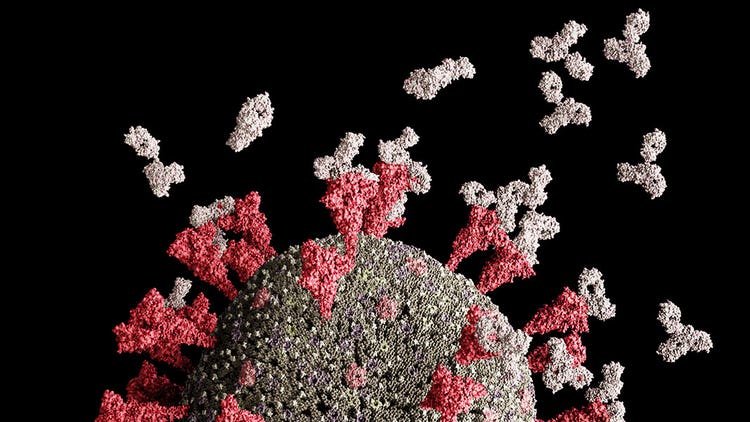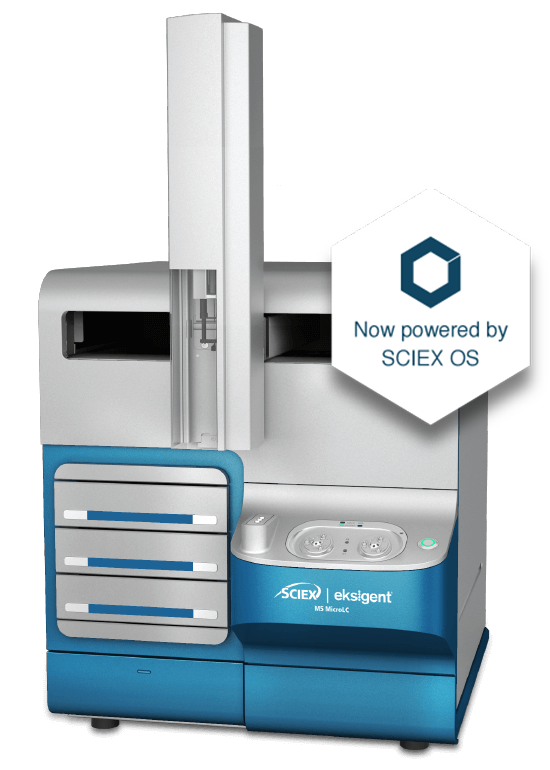Host cell proteins (HCPs) are process-related protein impurities generated by host organisms or cell lines during the production of biologics or biopharmaceutical products. They are endogenously produced by host cells, such as Chinese Hamster Ovary (CHO) cells and Escherichia coli, and are considered contamination that reduces the benefit, safety and efficacy of a drug. HCPs are commonly introduced during harvesting steps when host cell lysis occurs. Sometimes, HCPs can bind to and be copurified with target molecules like monoclonal antibodies or recombinant proteins.
HCP contamination can cause acute toxicity and immunogenicity in patients. Therefore, HCPs must be accounted for during drug manufacturing as they are considered a critical quality attribute (CQA). Analytical assays like liquid chromatography coupled to mass spectrometry (LC-MS) and enzyme-linked immunosorbent assay (ELISA) can provide qualitative and quantitative assessments of HCPs.
While HCPs are important, other cellular materials such as DNA, RNA, lipids and viruses are also considered potential risks in biopharmaceutical production. Viruses, bacteria and mycoplasma are especially worrisome and considered adventitious agents whose removal is paramount. Compared to HCPs, these adventitious agents are easier to detect and remove.
Understanding Host Cell Protein Analysis
HCP analysis is crucial during the bioprocess development of biopharmaceutical products for therapeutic purposes. It involves the host cell protein quantification and detection in manufactured biologics and analyzing the profile of the HCP using immuno-specific (such as ELISA) and nonspecific techniques (such as 2D-HPLC and 2D-DIGE.
Among the various methods used for analyzing host cell protein impurities in biological products, biochemical methods, ELISA, Mass Spectrometry and Western Blotting approaches are commonly utilized, particularly in monoclonal antibody manufacturing.
Enzyme-linked immunosorbent assay (ELISA) is a widely used technique for analyzing host cell proteins (HCPs). ELISAs are employed at various stages of biotherapeutic production to accurately quantify HCP levels, and the data obtained from these assays is mandatory for regulatory filings. ELISA panels can be customized to suit specific requirements and the assay can be easily automated for high-throughput analysis. The host cell protein ELISA technique is highly sensitive and is commonly used for detecting HCPs during product development and process control.
The 2D-DIGE technique followed by Western blotting approach is used to validate anti-HCP antibody coverage for ELISA assays. The immunoblotting technique is used to characterize HCPs and measures cross-reactivity between anti-host cell protein antibodies and target proteins. The 2-D electrophoresis process ensures remarkably consistent spot patterns with high reproducibility within a timeframe of less than 48 hours. ELISA and protein blotting techniques require prior knowledge of host cell protein impurities that might be present in the manufactured products.
Another analytical technique used in HCP analysis is mass spectrometry (MS). The technique can routinely be used to characterize therapeutic proteins when combined with chromatographic approaches. It can detect low-abundance proteins in various samples and identify HCPs in purified monoclonal antibodies or recombinant proteins. Some other versions of MS used to detect and quantify host cell proteins in biologics include SELDI-TOF MS, LC-MS/MS analysis, and SDS-PAGE, followed by 1D LC/MS/MS.
Featured Product
Host Cell Proteins


Echo® MS+ Systems
Don't compromise - obtain high-quality data, at speed.
Redefine your high-throughput analysis
Importance of Host Cell Protein Analysis
The presence of HCPs in biopharmaceuticals can significantly impact their safety and efficacy. Even at trace levels, HCP residues can cause toxicity and immunogenicity and affect the stability of biologics. Therefore, it is crucial to detect and quantify HCPs during the manufacturing process to ensure the purity and quality of the final product.
HCP analysis is an essential part of quality control in bioproduction. It involves identifying and quantifying HCPs using analytical methods to ensure that the HCP levels in the final product are within acceptable limits and do not pose a risk to patients.
HCP analysis is also essential for regulatory compliance. Regulatory bodies such as the US Food and Drug Administration (FDA) and the European Medicines Agency (EMA) require biopharmaceutical manufacturers to demonstrate the purity and quality of their products. This includes providing evidence that the HCP levels in the final product are within acceptable limits.
Failure to comply with regulatory requirements can result in severe consequences, such as product recalls, fines and damage to the manufacturer's reputation. Therefore, HCP analysis is crucial for ensuring the safety and efficacy of biopharmaceuticals and compliance with regulatory requirements.
See how Danaher Life Sciences can help
Challenges in Host Cell Protein Analysis
Different methods pose different challenges in HCP analysis. For example, detecting and quantifying HCP residues in samples is difficultusing LC-MS when the concentration is significantly lower than target therapeutic proteins. The process of preparing samples for LC-MS analysis is made more complicated by the need to remove specific proteins like monoclonal antibodies. This requires a large amount of the starting material, and the process is time-consuming and labor-intensive. Additionally, it can't be used to analyze multiple preparations at the same time.
Another major challenge in HCP analysis is detecting the abundance of individual HCPs and interpreting their risk. Standardized guidance for specific HCPs and the risk they pose is currently lacking. This is mainly because the risk is based on several factors, such as route of administration, dose and frequency of exposure.
The traditional practice is to maintain the HCP residue at 100 ng/mg therapeutic protein . However, the question remains as to which HCPs should comprise this given range and are acceptable to be present in the product. It stands to reason that highly immunogenic proteins like cytokines should be excluded as they can be toxic even at very low levels.
Also, there is no standard assay developed for the HCP analysis during biopharmaceutical manufacturing, which may cause issues at the later stage of product purification. Some recommended assays by authorities include HPLC, Western Blotting, and LC-MS, along with HCP-ELISA.
The limitations of ELISA and Western Blotting techniques—routinely used for HCP analysis–are that they are time-consuming, expensive, and may also produce erroneous or misleading results due to the cross-reactivity between proteins and HCP antibodies.
Featured Product

M5 MicroLC System
See More with Microflow LC-MS
The M5 MicroLC system is the perfect balance of sensitivity and robustness—more sensitive than traditional analytical flow LC, and more flexible and more robust than nanoflow LC — giving you the potential to optimize your critical workflows, today and into the future.
Current Trends in HCP Analysis
The major challenge in analyzing HCP residue is accurately measuring the level of each HCP present in biologics during or after its production process. Currently, ELISA combined with other approaches, such as Western blotting, polyacrylamide gel electrophoresis, and LC-MS, are frequently used approaches in the process. Among these, the mass spectrometer is the most effective in acquiring adequate data and offers an improved approach to risk management.
The development of a large proteomic database that includes genomic information, along with the creation of advanced computational algorithms for predicting the immunogenicity and protein-protein interaction of HCPs, will be extremely valuable. In addition, scientists are focusing on understanding how HCP residues are generated during biologics production and the factors that contribute to their concentration variation, which is the next area of development.
FAQs
What is host cell protein analysis?
Host cell protein analysis is the process of analyzing the quantity of HCPs during and after therapeutic biologic production using analytical techniques, such as LC-MS, ELISA, Western blotting and 2D-HPLC.
What is a host cell protein test?
Host cell protein testing is the process of analyzing and quantifying the presence of HCPs in a bioproduct to ensure drug efficacy and safety in patients. Assessment of HCPs in bioproducts or biologics is considered a Critical Quality Attribute (CQA).
What is a host cell protein, and why is it important in biopharmaceuticals?
Host cell proteins are contaminant proteins introduced during the production of therapeutic proteins. These proteins (such as cytokines), can cause toxicity and immunogenicity in patients if not removed. Thus, during biopharmaceutical product manufacturing, monitoring the level of HCPs and their reduction/elimination is essential to ensure the quality and safety of biologics in clinical settings.